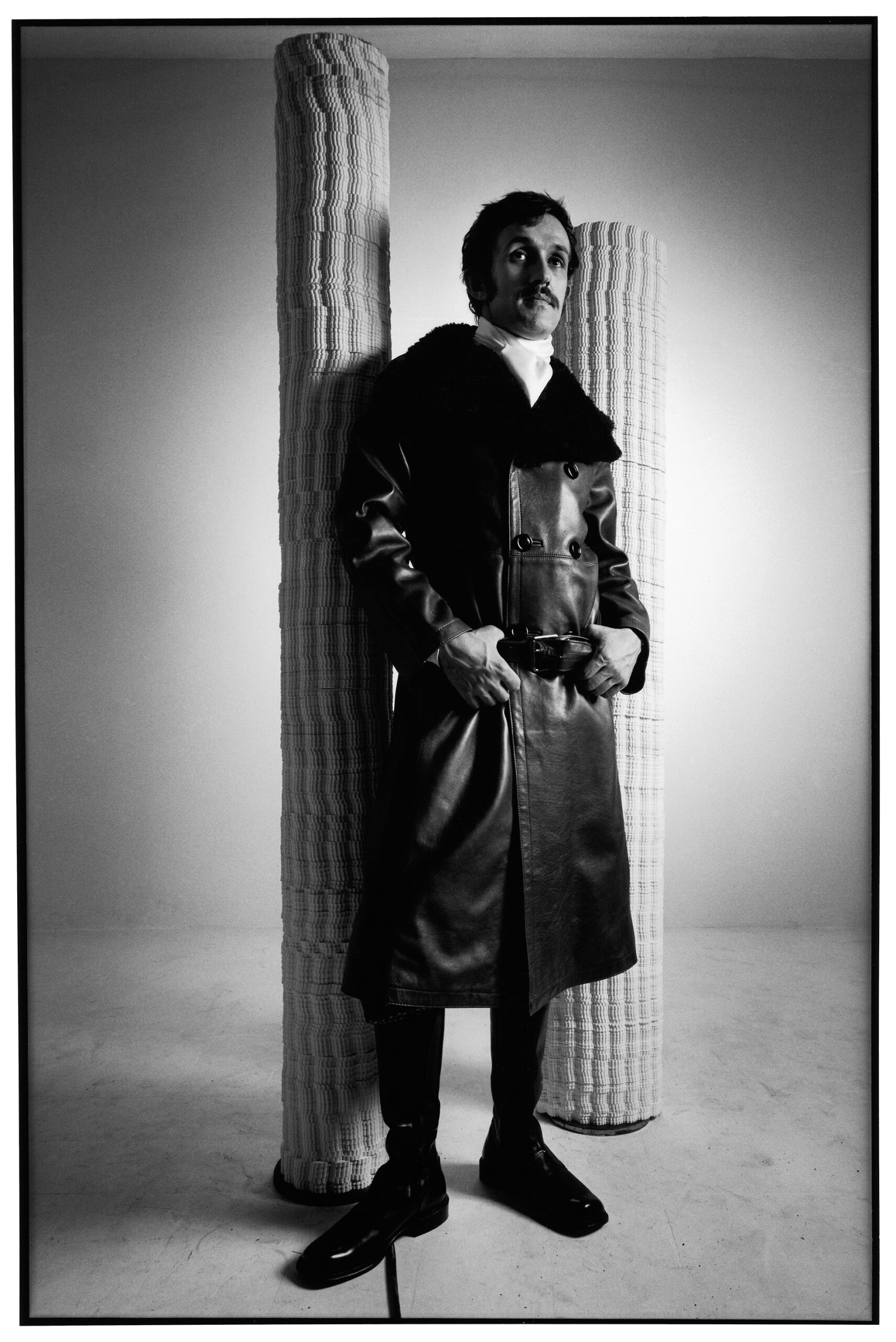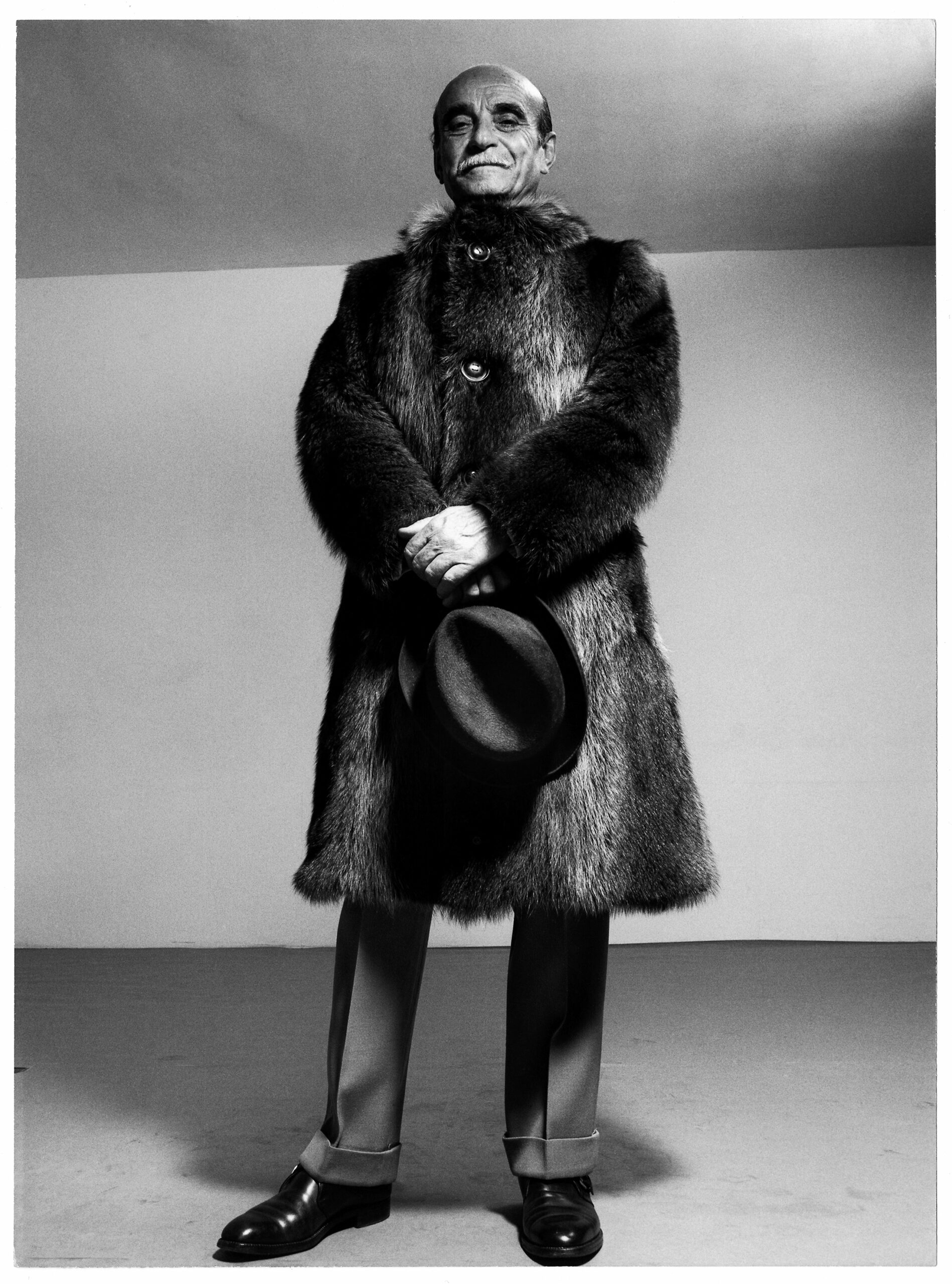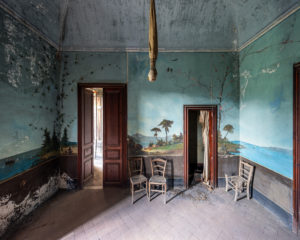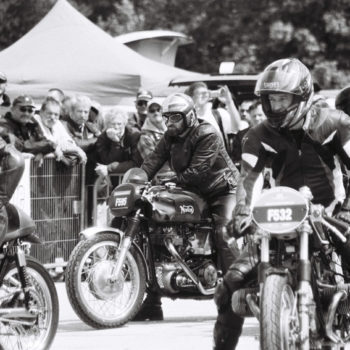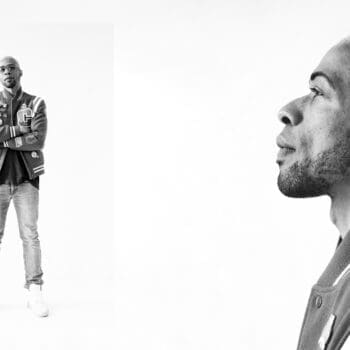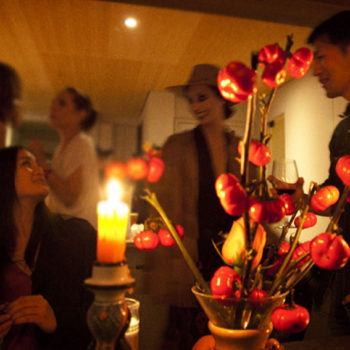Curated by Alessio de’ Navasques
with the collaboration of Archivio Ugo Mulas, Milan
Scientific Coordination Rosalba Branà
Pino Pascali’s exceptional life is studded with special encounters: long-lasting friendships, working partnerships or fleeting intersections, all of them relations that somehow crossed his artistic path, creating opportunities for dialogue with seminal figures of the second half of the 20th century. One of these was Ugo Mulas, the photographer who intersected the art scene of those years with his revolutionary and precise mark, documenting biennials and epochal exhibitions, moving between New York and Italy, capturing with his lens several generations of protagonists of Arte Informale, Pop Art, Arte Povera and Conceptual Art, condensing a fundamental part of his research in the portrait of artists. In the exhibition, forty-one black-and-white images, rare vintage prints, little-known series or never fully exhibited, draw a picture of dialogues, encounters and crossed destinies, between the Milanese photographer and the Apulian artist, in a new story that rearranges and restores the relations between art, fashion and publishing, through the pioneering experience of L’Uomo Vogue.
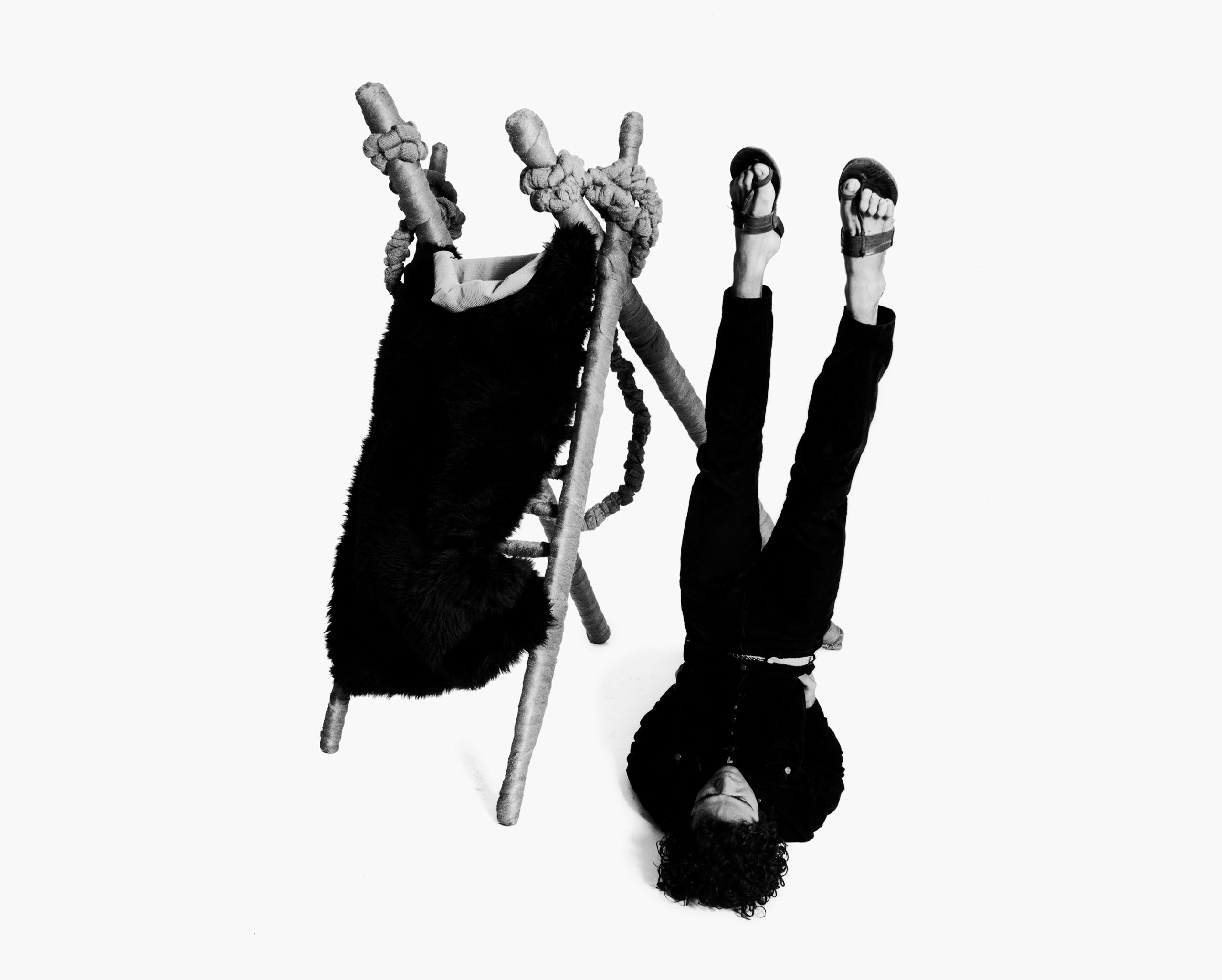
In those years, in fact, the magazine – first published in 1967 as an appendix to Vogue and later becoming an independent publication – is the first to document and steer the substantial change taking place in the representation of the Masculine. It is the invention of a brand-new image that is also enacted in the choice of shooting editorials with diverse and contemporary male figures, such as artists, creatives, actors, directors, and cultural figures. In 1968, it was actually L’Uomo Vogue that asked Mulas to take portraits of Pascali in Rome. Those photos, which codify his myth in a new and seductive iconography, are the incipit to the first part of the exhibition itinerary that reconstructs his story, placing it as a peculiar experience within the portraiture dedicated to artists, in this case following the distinctive perspective of fashion photography. Mulas captures with the witness-interpreter detachment gained in New York from observing artist – and particularly Duchamp – the characteristic traits of Pascali’s personality: his ironic verve, his non-conformism, his profound intention in the pursuit of the perfect gesture and in his relationship with the artwork. They are, arguably, the artist’s best-known portraits, yet only few people know their origin. The exhibition reassembles their somewhat nebulous history, rekindling attention to Mulas’ photographic production for the early issues of L’Uomo Vogue.
The second part of the exhibition frames the encounters between the two artists over a few months, before the artist’s untimely death in a tragic accident in September 1968. In Venice, during the Bienniale of that year, Mulas is in the midst of making a reportage dedicated to the event: for the photographer that is a kind of grand theater, a seamless happening that raises questions of duration, problems of composition, of rendering movement, where the camera represents the tool for a total understanding, the gaze that instantly unites, that embodies what he calls the miracle of images defining themselves. “I increasingly focused on the joyous aspect of being together, of exhibiting and performing, which for the painters was also a kind of self-promotion.” he wrote a few years later in the 1973 text La Fotografia. “I photographed everything: not only those that seemed to me the most remarkable artists or the most important objects: not that I lacked the will to choose, but I felt that mine could not be the attitude of a critic. There was no particular need to understand something, there was no need to do something, as much as to capture it” Mulas portrays Pascali in the magic circle of his works, where, immersed in his element, the artist moves like a shaman, his convivial moments at Caffè Florian, the political protest, the confrontation with the students demonstrating in the Giardini della Biennale, as well as the image of the telegram in which Pascali announces the withdrawal of his artworks.
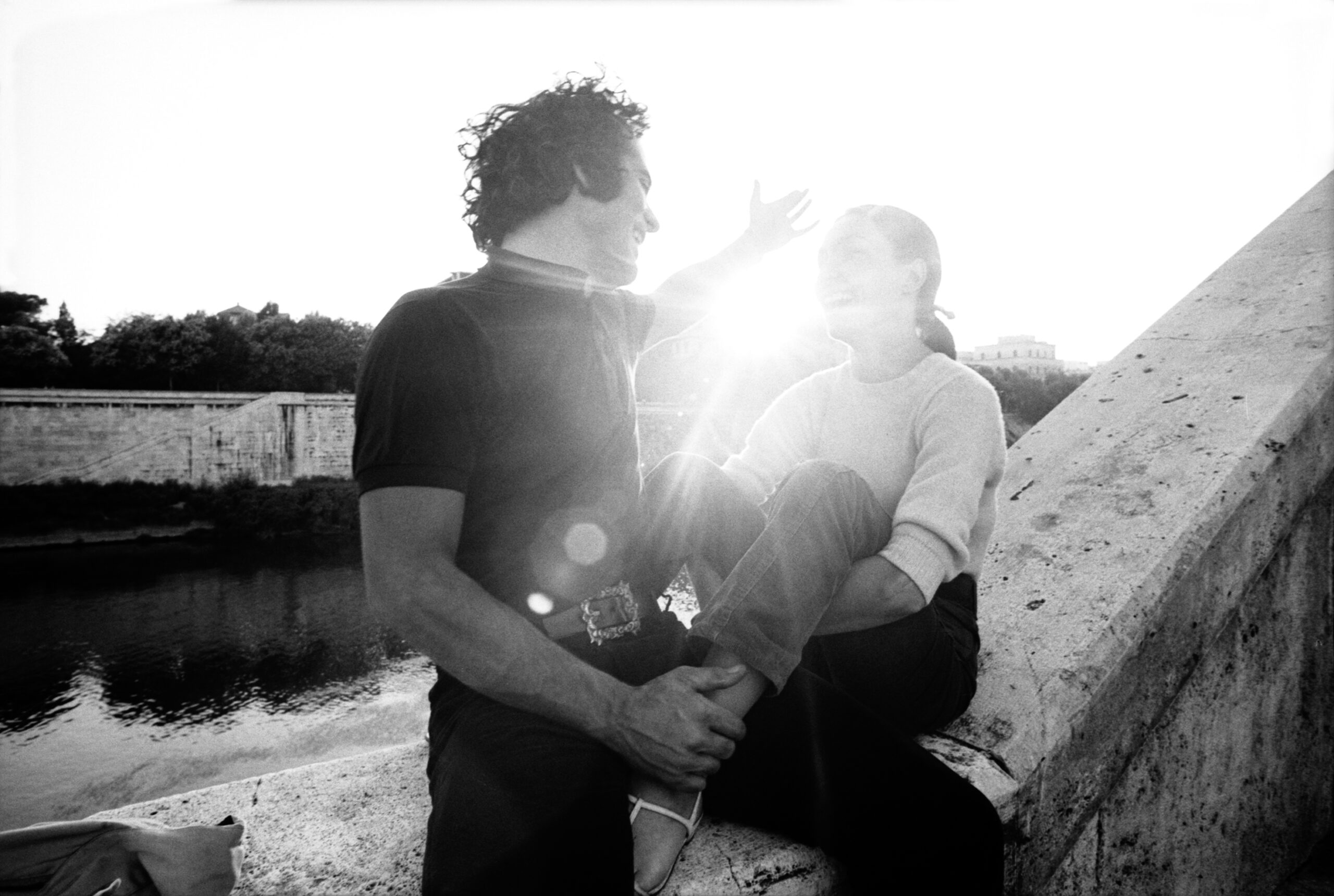
The last encounter is posthumous, once again in Rome, takes place in 1970 on the occasion of Vitalità del Negativo, an exhibition curated by Achille Bonito Oliva at Palazzo delle Esposizioni. Here, Mulas’s camera captures the 32 metri quadrati di mare circa (32 or so square meters of sea), seizing its iconic presence in its confrontation with space in a series of seven images, also exhibited for the first time in their original sequence. Through a process already tested for the scenic documentation of Strehler’s Galileo at the Piccolo Teatro in Milan, the convergence of perspective lines and the coming and going of the audience define, in the obsession of the repeated image, the dimension of photographic time. A theme that is dear to Mulas’ theoretical reflection, which he addresses in the third of the Verifiche, dedicated to Kounellis, dealing with the different, infinite possibilities of the action of time and the medium.
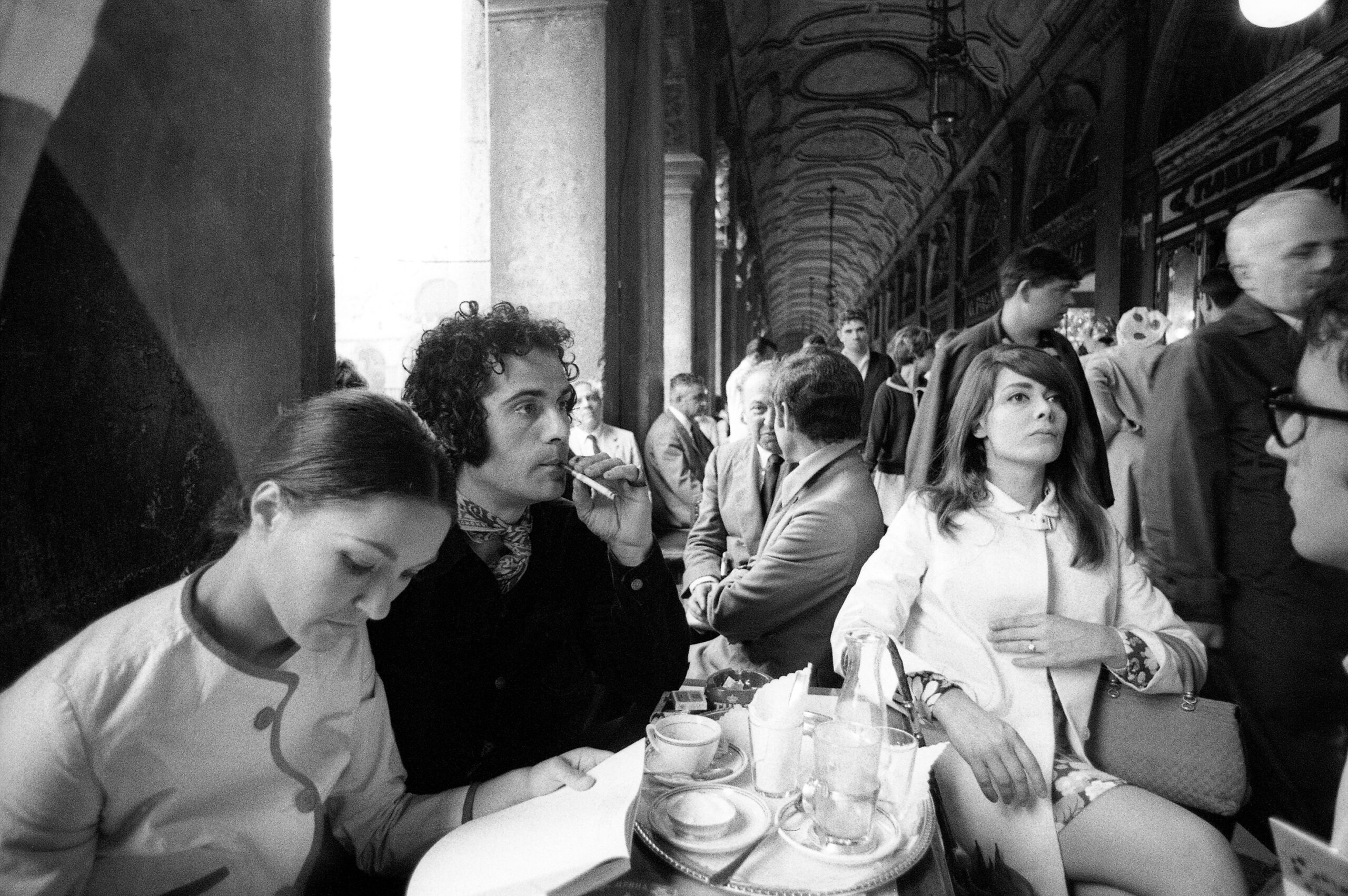
FONDAZIONE MUSEO PINO PASCALI
July 15 to October 2, 2022

